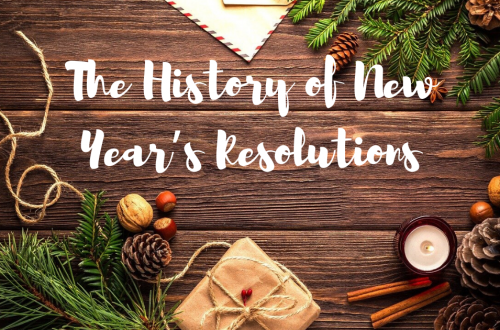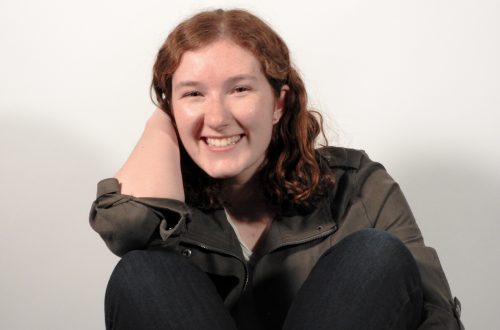It’s funny how the first interview I wanted to do for this month ended up being the last.
I learned about world religions in my church class and the two that piqued my interest where Hinduism and Buddhism. When all of my ideas for this month started to swirl in my head, I knew that I wanted to interview one of these two religions.

What ended up happening is that I couldn’t find anyone until this past week. That’s when I found a Buddhist from the Awakening Valley Sangha named John Judd and he helps to run the sangha in Provo, Utah.
John has always lived in Utah. In fact, he was raised in the Church of Jesus Christ of Latter-Day Saints. About ten years ago, he decided to search for other sources of light. He eventually found his way to Buddhism.
John said, “[My wife] and I are at peace with where we are today practicing two distinct spiritual traditions and raising our kids within both traditions.”
In his religion, they have a tradition of “embracing the roots from previous spiritual traditions.” This was hard for John because even though he didn’t leave his last church with any ill-will he did have an aversion to the teaching. He eventually came to see the good in it through practice and understanding.
This has helped him and his wife to strengthen their family in ways that they haven’t ever imagined.
Buddhists also have an amazing religion that helps others find peace within their trials.
John said that they teach individuals not to run away from their suffering but to confront it. He quoted an interview with Thich Nhat Hanh, “You have to look deeply into the nature of suffering in order to recognize its cause, the making of the suffering.“
During this interview Tich Nhat Hanh also taught that if you practice transforming your suffering as a community then you help form that suffering in that community. The same goes for a nation. When you work together to transform suffering, then everyone transforms their suffering.
John says that this is the core of their teachings. As for faith, John as a different view from any that I have heard.
“Faith is a powerful source of energy that drives us to action and is very essential for our spiritual practice — just as the small spark from a spark plug is essential to ignite the fuel needed to put the engine in motion,” he said.
He continued to explain that if we act on this spark, it “powers a resolute and courageous act of will.” John also added that Buddhists generally describe faith as trust and confidence. This is because it is inside of us and is “not directed toward something external.”
At first, I didn’t quite understand. If it isn’t external, then what?
He added on to his statement, “Faith is that confidence we receive when we put into practice a teaching or insight that helps us overcome difficulties. It is the kind of confidence a farmer has when growing crops.”
What I understood from his definition was that a farmer knows what he is doing and is confident enough to grow his crops. The same goes for when we receive faith; we become confident enough to be able to practice a teaching.
Practicing faith for him has been different in his life. Because he grew up in the Church of Jesus Christ, he felt that to have faith “is not to have a perfect knowledge of things and if you have faith you hope for things that are not seen which are true.”
He felt as though he was looking at an answer to an algebra problem and he had to work backward to find the equation. It caused him to suffer and he ended up leaving his root tradition.
Buddhism takes another approach to John’s dilemma of finding perfect knowledge. For them, they take from Buddha.
The story of Buddha is that he woke up and experienced truth; he became enlightened.
“Buddhism is a practice of experimenting and questioning; there isn’t any set dogma established to follow or implicitly obey,” John said.
“In having confidence, or faith, with the practices that nurture mindfulness in each moment and build our concentration we touch (or see deeply) the awakened nature inside us and receive insight,”
He continued. “With this insight, we deepen our practice which in turn helps us receive more insight. In a way it is working forward through the equation bit-by-bit as we get more insight until the solution or ultimate truth is understood; we wake up.”
Recently, he has had “a profound experience with the power of faith”.
One of the teachings that Buddhism has is called the Four Establishments of Mindfulness. The second establishment is to hold your current feelings in awareness.
To explain simpler, the idea is to be present with your feelings without judging them as good or bad.
John started to practice the teaching and notice his feelings when they arose. He said, “On one particular day the feeling came as it usually did and while sitting quietly holding it in awareness without thinking about it an insight came that helped me understand the root of this feeling.”
With this understanding the feeling changed or transformed, an internal knot was untied, and since then it hasn’t been something overwhelming.”
John learned that in this experience, he was helped to understand faith and was more confident in the teachings and practices.
During this interview, I learned about Buddhism better and came to understand why John loves it so much.
I love his definition of faith and know that he feels the peace that he has had trouble finding. I am glad to have met him and hope to meet him in person one day.
As for this month, I am really excited to end it with my own church and testimony. I have learned so much about faith and what it means to others but I am excited to share what it means for myself.


